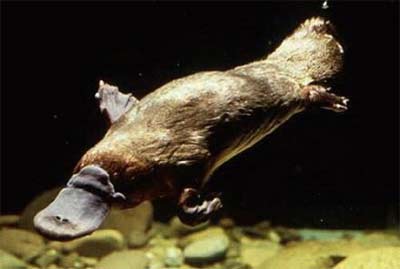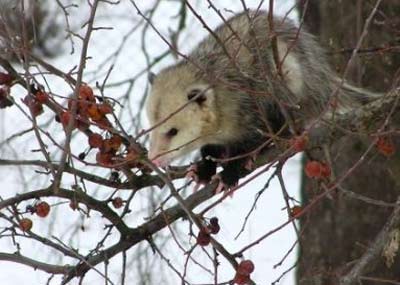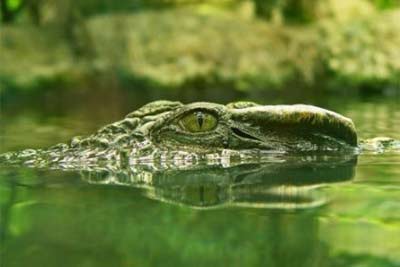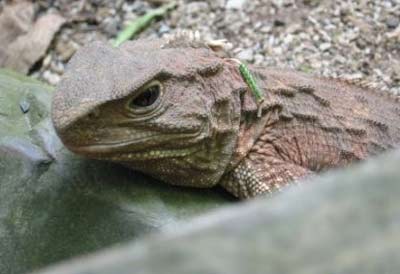Portrait of 12 living fossils
These strange creatures still exist today, although their shape is almost no evolutionary than hundreds of millions of years ago.
The duckling otter

The platypus has a mammal-like fur, its waddling legs are like birds and lay eggs in the style of reptiles. Probably one of the earliest detached branches of the zoo family, they were separated from reptiles 166 million years ago.
Opalescent

The only marsupial mammal in North America, one of the most recently evolved marsupials, still maintains many of the most primitive marsupials. They are often insensitive to threats until they are significantly endangered. They forced themselves into a coma without being able to wake up after many hours, simultaneously emitting a stench to chase predators away.
Crocodile family

They are the closest living relatives of the bird. While the body shape has hardly changed over millions of years, the skull and spine have evolved to be as strong and agile as it is today.
Tuatara

Living in New Zealand, this species has been pushed to the brink of extinction by mice brought from the continent. Now they only live in a reserve.
Zebra thigh

An endemic species found only in the Congo rainforest. On the surface, they are like hybrids between zebras and donkeys, but are actually classified as the closest living relatives of giraffes. As one of the few species that can lick their ears.
Sardines

Only two years ago, a rocky fossil was found, extending the life of this species to 360 million years. The most impressive thing about them - the most primitive vertebrate known - is that it managed to survive through four major extinctions on Earth without much change.
Sam sea

Although not "primitive" with rocky grouper, this species still follows a similar evolutionary path over the past 445 million years.
Hand fin fish

The most famous and widely recognized species is a "living fossil" , because it is one of the earliest relatives of the finfish that evolved to become the first vertebrate to land. immediately.
Nautilus

Today, 6 species of live snails are still in shape as they were when they first appeared.
Squid vampire

Like sam, not sea crabs, vampire squid is not squid, but a distant relative of a mollusk that no longer exists. They live at a depth of nearly 900 meters under the sea, the depth at which oxygen content is only about 3%, is the absolute limit for metabolism.
Wrinkled sharks

Perhaps they are the most primitive sharks known, when for the first time a living specimen was found in Japan in early 2007. It was not like a shark at all, with an eel-like body and fins. small. It has no need to evolve over the past 100 million years and thus remains the most up to date trait.
Ginkgo

Most researchers believe that today's ginkgo trees with its ancient fossils are identical.Although they are grown around the world, there are only wild populations in China, because monks planted a few hundred years ago.
- Effort to save Leonardo Da Vinci's self-portrait
- Ancient crocodile monsters weigh three tons living under the sea
- Detecting eels 'living fossils' in the Pacific Ocean
- Detecting fossils of 2 new horned dinosaurs
- Found the world's oldest living fossils
- Over the face of self-help, self-portrait was born
- The identity of the character in the 18th-century portrait is revealed
- Discover dinosaur fossils like real Loch Ness monsters
- Portrait of the penguin was extinct 25 million years
- The culprit ruined Leonardo Da Vinci's self-portrait
- Argentina discovered dinosaur fossils living more than 200 million years ago today
- Detection of bacterial fossils dating back to 1.2 billion years
 The 11 most unique public toilets in the world
The 11 most unique public toilets in the world Explore the ghost town in Namibia
Explore the ghost town in Namibia Rare historical moments are 'colored', giving us a clearer view of the past
Rare historical moments are 'colored', giving us a clearer view of the past The world famous ghost ship
The world famous ghost ship